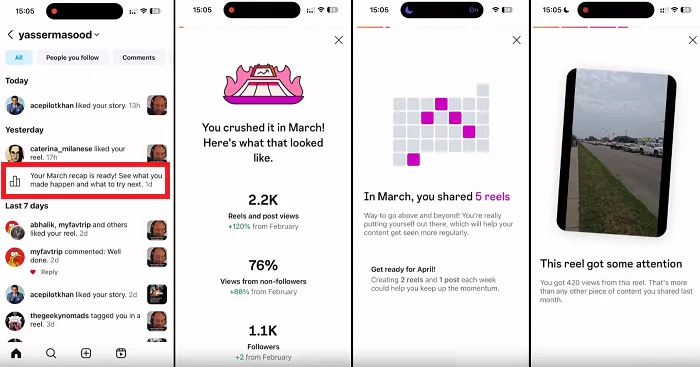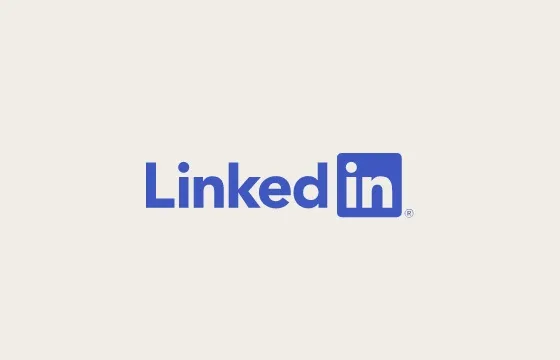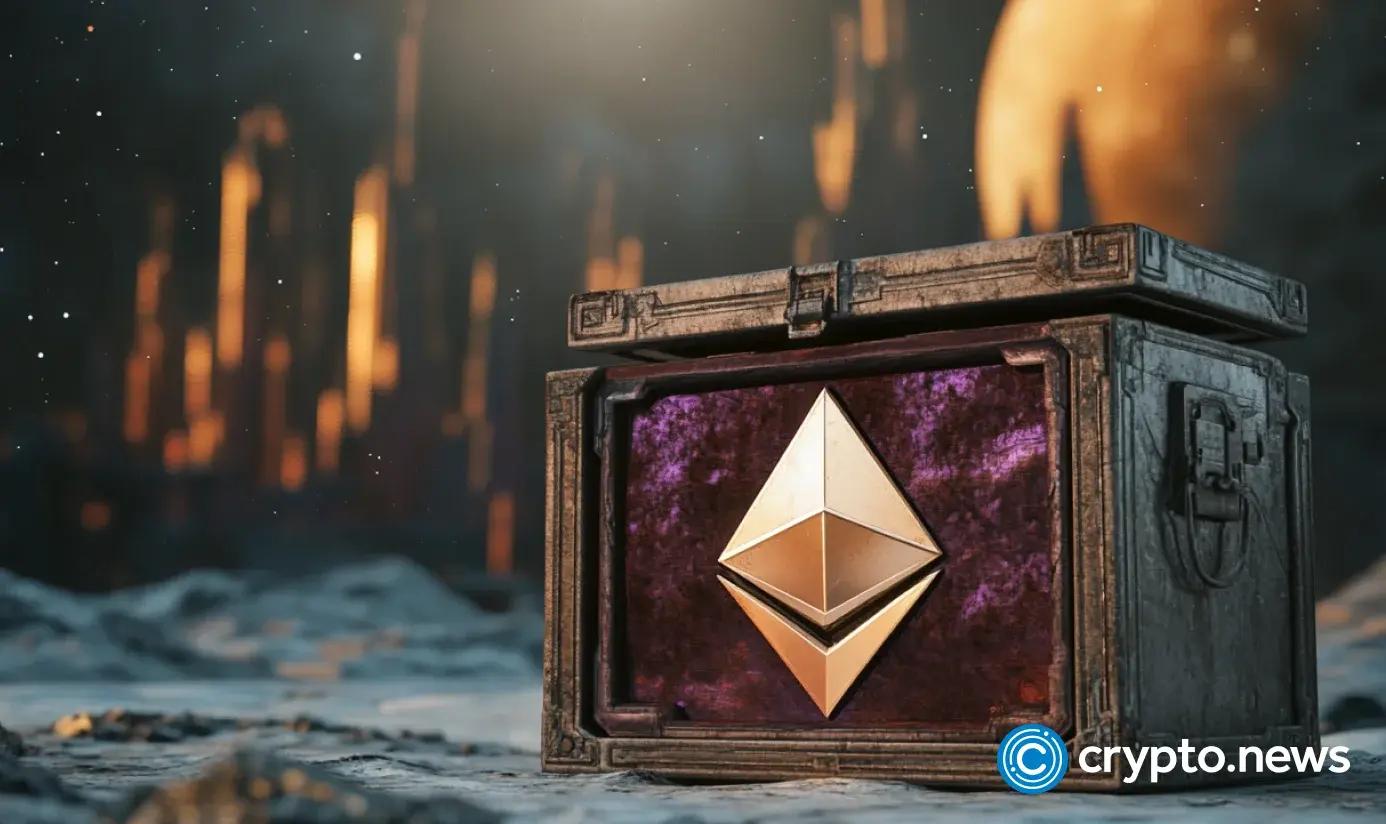Using AI to Get Your Business Branding Right — My Favorite Tips and Tools
I grew up a Nintendo kid (and yes, that includes the original NES console and Duck Hunt Zapper). For those who remember the Nintendo GameCube, you know a memorable brand experience. How could anyone forget this nine-second clip of...

I grew up a Nintendo kid (and yes, that includes the original NES console and Duck Hunt Zapper). For those who remember the Nintendo GameCube, you know a memorable brand experience. How could anyone forget this nine-second clip of branding brilliance? Whenever I think of “branding,” I go back to my memory of the GameCube boot-up screen and the feelings of joy and anticipation it evokes. That makes a brand work — the experience behind the logo. But getting your brand experience right is incredibly hard for any marketing team. Logos, visual identities, copy, websites, social media — “brand” requires tons of attention and work. So, I’m always on the lookout for ways to build a brand stronger, faster, and better than before. And AI tools for branding have come a long way these past few years to enable more sophisticated brand identity creation and growth. Let’s look at AI for branding as it stands today and how your team can start building a memorable brand that clicks with consumers. Table of Contents Brand building isn’t just making logos. You need strategy, consistency, and scalability to reach your audiences and grow your impact. Welcome to AI’s biggest role within marketing teams in 2025. Marketers have toyed with AI for several years. That tracks with what McKinsey has found: Most AI adoption has happened at the individual contributor level (i.e., the social media manager whipping up posts). But, AI is showing the potential for greater strategic business value. As 2025 unfolds, I believe we’ll see a shift in tool adoption, from ICs experimenting with ChatGPT to deeper integration into everyday workflows. The Marketing Artificial Intelligence Institute recently found that 36% of marketers have infused AI into their daily workflows. Its research also showed a profound shift from marketers just “experimenting” with AI to actually implementing it in their everyday work. Marketers deploying AI are seeing better results across their bodies of work. SurveyMonkey’s latest AI survey found that, of the marketers using AI: Our research shows that four out of ten marketers are using AI to write copy and outlines for long-form content. They’re also using AI to learn how to do things — not just research for articles but tutorials on writing better content or using tools more effectively. In 2025, I think we’ll see AI become the marketing team’s branding copilot. Teams are using AI for content support and customer experience personalization already. AI in content marketing is helping to define and scale brand identities while keeping everything on-brand and consistent. AI’s role will expand, provided marketing teams better structure their internal data architectures and continue investing in AI education and training. But that copilot piece matters. You shouldn’t concede all branding decisions to an AI partner. Instead, the best-performing marketers will learn to operate alongside their AI branding tools, leaning on its strengths while keeping human creativity and ingenuity at the heart of their brand. Pro tip: How else are marketers using AI across their organizations? Download our AI Trends for Marketers report for more. While AI tools for branding can bring many benefits, AI is like any other tool. You need to know how, when, where, and why to use it. You wouldn’t use a hammer to drive a screw into a wall; likewise, AI used without planning and intention can stymie or even damage your brand. Most talk around AI adoption focuses on efficiency gains — get more, faster, with your team. Rosier predictions from McKinsey show the potential for saving 60-70% of an employee’s time with AI tools. While efficiency is certainly part of the benefit, I don’t think efficiency alone is sufficient, especially with branding needs. Garin Hobbs, Martech Expert at InboxArmy, agrees. “AI pushes branding toward efficiency, but efficiency without intent weakens identity. I can't even count how many companies plug AI into content creation and label it innovation, yet the output lacks depth.” Hobbs continues by sharing how an AI tool’s thoughtful application helped his company. “In my experience, AI works best analyzing customer sentiment at scale, then feeding those insights back into brand messaging,” he said. “Here‘s my favorite tactic: instead of letting AI write entire emails, I used it to identify specific phrases customers responded to in previous campaigns. Weaving those into fresh copy led to a 19% higher conversion rate. We were shocked — it actually worked! AI shouldn’t replace creative instincts — it should reveal patterns that inform smarter human decisions.” A branding AI tool doesn’t replace creativity (or creative talent). It supports their efforts while buying back their time and effort. Personalizing your marketing content is a bare minimum. Everyone knows “Hi, Alex!” in your email is a first name field. Now, we’re looking at hyper-personalization, which involves understanding a buyer’s individual behaviors and preferences and changing content to match. These highly customized experiences can reduce customer acquisition costs by as much as 50% and increase marketing ROI by 10-30%. But, there’s no easy way any marketing team could hyper-personalize at a meaningful scale. Enter an AI branding tool. However, before you turn your AI loose, give it the structure for personalization at scale while keeping things authentic. Tristan Harris, Sr. VP of Marketing at Next Net Media, shares more. “For businesses navigating this balance, conduct a brand touchpoint audit identifying moments of genuine differentiation versus functional interactions — this reveals where AI implementation preserves rather than dilutes authenticity,” he said. “The most effective approach I've seen connects authentic human expertise with AI-driven personalization at scale rather than choosing between them.” Harris also points to the importance of voice in this process: “Create clear AI usage guidelines for customer-facing content that specify which brand elements must remain human-crafted, preventing the subtle voice erosion that has damaged many well-intentioned automation efforts.” Harvard Business Review reports a well-defined brand strategy, with consistency across every touchpoint, can drive 10-20% increases in annual revenue. A branding AI tool is basically purpose-built to protect consistency wherever your brand appears. But, as Nirmal Gyanwali, Founder & CMO and WP Creative, notes, the buck does not stop at the AI tool. “We‘ve had to be intentional about how we integrate AI. It’s incredibly useful for tasks like generating content outlines, analyzing customer sentiment, helping us spot patterns we might have missed,” he said. “But when it comes to storytelling and brand voice, that's all human.” Balancing the human aspect of a brand while staying consistent is a high-wire act that involves putting faith in your team to represent you well. “I‘ve learned that you can’t just set an AI tool loose and expect it to build authentic connections,” Gyanwali said. “AI needs a human filter. We‘ve built brand guidelines into our AI tools, but we also trust our team to step in and say, ‘That doesn’t sound like us.’ It's about working with AI, not letting it take over.” “Branding” can be a busy word — a lot goes into building and growing your company’s brand. And AI tools often only solve particular branding problems. Let’s talk about the most common branding tools you’ll come across and how AI integrates to help you get the job done. A brand’s look is typically the first thing a potential customer sees. And, when you get it right, the memory can stick forever. You can probably picture the Nike Swoosh or McDonald’s Arches right now, can’t you? If you want to design that kind of memory, you might want help from an AI-powered logo maker. These tools use functions similar to text generation to create logos based on your preferences, similar industry brands, and desired color schemes. Now, the Swoosh is famous because it’s the same everywhere. AI logo makers also typically offer full brand kits with fonts, color palettes, and social media assets. You can maintain a cohesive visual identity as you build your brand. Your website is still an important part of making your first impression on a customer. And what an impression it has to be: Studies show you have 50 milliseconds to make that first impression. That’s as fast as a gearshift on a Lamborghini. How can you possibly appeal to users that quickly? AI-driven website builders can help you make that powerful first impression. These tools can generate copy and visuals, but their real benefit is in design suggestions. You can use AI’s data repository to pick the best-performing designs, improve layouts, and optimize your user experience to nab their attention and keep them scrolling. Some tools are even adding integrated chatbots and dynamic personalization for even better engagement. Pro tip: Use HubSpot’s CMS platform to build and manage your website using AI. Start by generating a free AI website. My writer’s heart needed time to get comfortable having AI perched on my shoulder, the stochastic parrot it may be. However, time and practice have shown me how these AI-powered writing assistants can, well, assist. Copywriting tools can generate headlines, product descriptions, email campaigns, SMS text, and social media posts — anywhere you need words. In particular, I’ve found value in AI as a brand messaging amplifier. It’s great at repurposing long-form content into more digestible chunks, which can help you reach more people without writing the same sentence dozens of times. Marketers need to crunch data to find better ideas and drive stronger results. But, I’d venture to guess many marketers did not choose their field to conduct deep statistical analyses. And, with so much data popping into existence (over 400 million terabytes of data globally every day), it’s impossible for marketers to keep pace. Branding research AI tools help you analyze competitors, track brand sentiment, and identify consumer trends to keep your brand strategy sharp. These tools review that mess of data using machine learning and natural language processing, scanning online conversations, social media mentions, and industry reports to get the good stuff. The models then crunch that information into insights, generated in real time and with useful context. You can get ahead of market shifts and adjust your brand positioning and messaging accordingly. I’ve heard, “Can you turn this into a Facebook post?” more times than I can count. While forcing brevity can elicit creativity, writing endless posts can drain any marketing team. And, as social media platforms shift their audiences and best practices, you could use help keeping pace. AI-powered social media tools can generate posts, captions, pictures, audio, and video using your brand style. It can review your content’s past performance, competitors’ content, industry trends, and audience behavior to create the strongest posts and find the right time and channel to deliver your message. Sentiment analysis can even review the emotions behind a post and recommend sentiment-driven messaging to calm an angry customer or cheer on a happy one. Yes, I prefer the Oxford comma. No, most companies I’ve worked with don’t let me keep it. Those small decisions add up to create your brand’s feel, and it should be consistent wherever your customer sees you. Brand consistency and style guidelines keep content on track, but it’s a lot to handle yourself. AI tools can centralize your brand’s elements and flag inconsistencies in your content before it hits the internet (e.g., the wrong heading font in a blog post). Your AI tool can enforce guidelines, automate content approvals, and keep your team aligned with internal brand messaging. Which message will perform the best? And how do you make it perform even better? These questions could inspire dread in any performance-focused marketer. But, with the right AI tools, answering them could actually be refreshing. AI can generate ad creatives, but it can also predict your campaign’s performance and suggest ways to optimize your messaging. A/B testing can happen in real time and at scale, with AI analyzing thousands of ad variations to get things just right. Pro tip: HubSpot Marketing Hub has several AI-enhanced features to run and manage ad campaigns. Check out our free AI tool for advertising to start. Now that you’ve seen the benefits, let me recommend a few AI branding tools to bring those benefits to life. The best AI tools for branding operate within your current framework. It should be simple to activate, use, and adopt AI. So, if you’re using products in the HubSpot ecosystem, it only makes sense to use an AI tool integrated with your HubSpot suite. HubSpot Breeze AI has lots of options for managing and growing your brand with AI. The writer in me looks first at content development. That’s more than just producing words; it’s understanding the context of your work in relation to your company and the larger marketplace. The Breeze Content Agent brings that context and helps you deliver more targeted content with speed and scale. And, it sits atop your HubSpot ecosystem, so you can test, learn, and iterate quickly. Marketers just can’t escape a good slide deck. But, I’m not a fan of tinkering endlessly to get that photo in the perfect spot. Between ideation, copy, and design, presentations can burn a lot of valuable work time. I’ve used Gamma for over a year now to help me solve that challenge. You can bring your notes to the platform, and Gamma will generate gorgeous presentations. The platform lets me toy with the specifics, such as the voice and tone of any generated copy or what image types get used (e.g., Common Creative licensed or AI-generated). Once you have a presentation in hand, you can add, remove, and change content at your convenience. You can also generate documents or landing pages and publish them online directly. I’ve used the landing page feature before to spin up a new content consulting offer, and Gamma did a great job. I wish Gamma had a brand kit option like Canva does, where I could save and reuse common branding assets. But, it’s a strong and well-stocked marketing presentation-building tool at $10-20 per seat per month. I use Notion as a document repository and information management tool, but the company’s built-in (paid) Notion AI feature has vastly improved over the past year. As projects grow in scope and scale, I end up with documents throughout my Notion database. Notion AI rounds up that information and transforms it into useful insights and actions. If you want the most from Notion AI, plan your internal knowledge architecture intentionally. I’ve found the AI writer unremarkable. But when I need that solid quote I wrote eight months ago, Notion AI delivers. It’s great for managing brand consistency across your team and finding the best insights and ideas from your data. Get Notion AI added to your current Notion build for $10 per seat per month. I’ve always liked Canva’s image creation and manipulation tools to get the right look set for my brand assets, social media graphics, and blog and website images. So, when the company debuted the Canva Magic Studio, I eagerly hopped on board. Magic Studio offers generative AI and AI-powered editing tools to prepare your pictures and video. You can create and manipulate images using text-based commands and create professional-looking results. It’s a powerful design tool that’s helped me shift creatively from words to visuals. You can use Canva for free, but you won’t have access to the best AI features until you upgrade to the Pro Plan at $15 per seat per month. If you’re looking for an all-in-one AI branding tool, Designs AI is a strong candidate. The free tools alone are interesting and helpful. For instance, AI Chat lets me access several LLMs to accomplish tasks. The free plan is very limited, so I wouldn’t integrate Designs AI without paying for it. But, the paid plan lets you work with images, logos, text, audio — whatever your branding needs require. Designs AI offers a few plan choices, but the Pro Plan (at $69 per month) is likely the best choice for AI power users. Copy.ai is doing something interesting in the AI branding space. The company bills its service as the Go-to-Market (GTM) AI Platform. It includes multi-platform brand-specific content but extends across the entire buying experience. Copy.ai is also leaning into workflow management and AI agenting, which I think are promising future additions to an AI-powered marketing team. I’ve tried Copy.ai’s free writing generators — and it’s good work for a generic model. Once you integrate the platform into your system, you can get more specific content better attuned to your brand. You can try a free plan, but the $49 Starter Plan really gets you up and running. If you’re ready to lean into workflow support, go for the $249 Advanced Plan. I’d first heard about Durable when I was building my consultancy’s website. I ended up using another tool, but I enjoyed Durable’s feature set — which has grown since last I looked. Durable can help you build your websites, blogs, invoicing, and brand identity on one platform. I’m typically careful when a platform promises many options, but Durable impressed me with its reach and success so far. At $15 per seat per month, you get everything you need to build and launch your web products. If you need extra help with invoicing, social media posts, or Google PPC campaigns, upgrade to the $25 Business Plan. I am a whiteboard fanatic. Drawing helps me communicate branding ideas with others when I can’t find the words. But, my artistic abilities stop at stick figures. That’s why I’m so drawn to AutoDraw. AutoDraw uses AI to analyze your input (like a stick figure person), and it will select drawings most closely resembling your artwork. It’s a sketchbook that automatically adjusts my drawings so I can communicate ideas for visual design faster without continually erasing my creations. For logo brainstorming or visual identity creation, it’s a surprisingly useful tool. AutoDraw is an AI experiment and is free to use. From a generative AI standpoint, Adobe Firefly does much of what other design tools can do but with more advanced options available. For instance, Firefly offers a 3D generative workspace, helping you quickly design “dimensional” brand graphics, packaging, and illustrations. That’s a slick feature for retail or ecommerce brands. Firefly creations also come with licenses for commercial use. With an enterprise-level focus, Adobe tools usually reflect those kinds of business considerations. And, as part of the Adobe Suite, Firefly integrates across all Adobe products. You can use Firefly for free, but I wouldn’t bother unless you’re willing to pay. Individual licenses start at $9.99 per month (though be sure to read your Adobe contract’s terms and conditions carefully for cancellation fees and penalties). I host my company’s website on 10Web — and that hosting piece is important. I can build, launch, and manage my site from one place, with no other hosting needs required. It’s a complete feature set that makes sense for my small business needs. I like 10Web’s AI page creation tool; however, I’ve found it takes more hands-on tinkering than I sometimes want. However, once you build your site and give content to the tool, you’ll generate more brand-accurate results. Your costs will vary depending on website hosting needs, but spend in the $25-36 per month range to get smaller websites up and running. I’m a big fan of upfront pricing models — let me make and buy a logo and tell me how much it costs. Couple it with AI’s help, and you have a strong logo creation tool. Brandmark brings AI to logos, color palettes, and typography to help create a logo that screams you with a clear and affordable pricing structure. You enter your company name and slogan and provide a few descriptive words and color choices. From there, Brandmark does its thing — I like the polished and professional look of each logo option. You can edit your logo using an AI chat (like talking to a designer). And when you’re ready, Brandmark can give you marketing mockups so you can see how your logo fits across your visual identity. Logos start at $25, but you can buy your logo’s commercial license and full brand kits for additional fees. I’ve found better AI branding tools either need unique information from your company or run their operations using hyper-specific models. Backstroke deploys a specialized AI model trained on B2C ecommerce email marketing content, which leads to stronger email campaigns. I’ve gotten to see it in action through email and SMS campaigns, and it brings excellent AI horsepower to an ecommerce program. While it’s certainly not the most comprehensive tool available, I think it flourishes in its deep focus. You’ll need to demo the product live and kick off the sales cycle for pricing. But, Backstroke has a free subject line generator and trend identification tool you can try. I like the AI image generation tool Looka provides for logo design. You can design some very nice logos, and you get results that are unique to the market. Looka also offers a brand kit option: apply your logo to over 300 templates, from letterhead to social media profiles. It’s an easy way to keep your brand’s visual identity consistent across platforms and media. Looka’s pricing gets a little complicated, which is probably my biggest gripe with the platform. You can buy each logo for $20, but you don’t get full ownership unless you buy the premium logo package for $65. And your brand kit is an annual subscription that runs $96 per year. It’s not a massive expense, but I don’t like feeling limited in how I own and use my brand assets. That said, if a human brand designer is simply too far out of your price range, Looka is a fine alternative. As with most people, I like when “free” actually means free. Some AI brand asset development tools will give you previews that require a subscription to edit. Not so with Shopify’s Logo Maker. The Logo Maker does just that — making logos you can download and use anywhere. They’re optimized for Shopify shops, but you can use the image on other sites or social media. You can also generate business names, slogans, and domain names for free (essential components for a Shopify presence.) The app is free to use. Now, you’re not getting the fanciest logos for free, but if you need to spin up a few brand assets or explore AI’s usefulness, start here. I still think people are sleeping on custom GPTs with ChatGPT, which can help you better manage your brand and create highly specific branded content. Within a custom GPT, you can write detailed instructions for your model’s context window and include PDFs of branded copy. For example, I include PDFs of my consulting company’s blog posts to help the GPT better represent my voice and tone across content types. A custom GPT is great for content generation and repurposing. You get a lot of power at your fingertips for $20 per month. Not every brand needs that GameCube-level memorability, but every brand needs distinctiveness and consistency. You can build and nurture such a brand using AI and human creativity to reach and win over your audiences. The best marketing teams in 2025 won’t just automate branding work. Instead, they’ll figure out how to use AI as a strategic co-pilot while keeping people at the center — marketers and consumers alike. Begin with these tools and explore opportunities to put AI to work for you.AI for Branding
Why use AI tools for branding?
Efficiency and Authenticity
Hyper-Personalization of Content
Brand Consistency at Scale
Types of Branding Tools with AI
Logo and Visual Identity Creation
Website and Landing Page Builders
Copywriting and Brand Messaging
Branding Research and Competitive Analysis
Social Media and Content Creation
Brand Consistency and Guidelines
Marketing and Ad Creative
Best AI Tools for Branding
HubSpot Breeze AI

Gamma
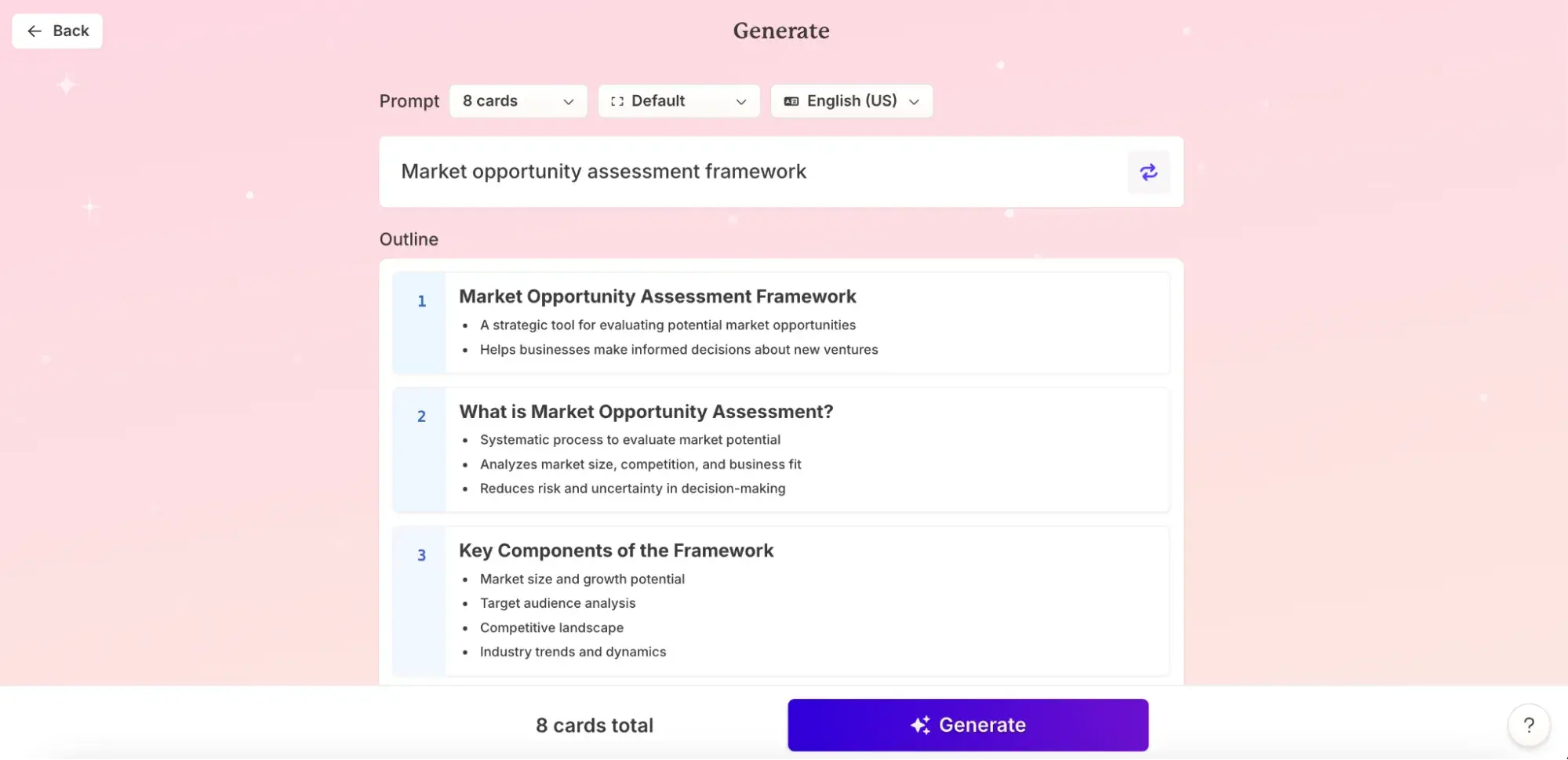
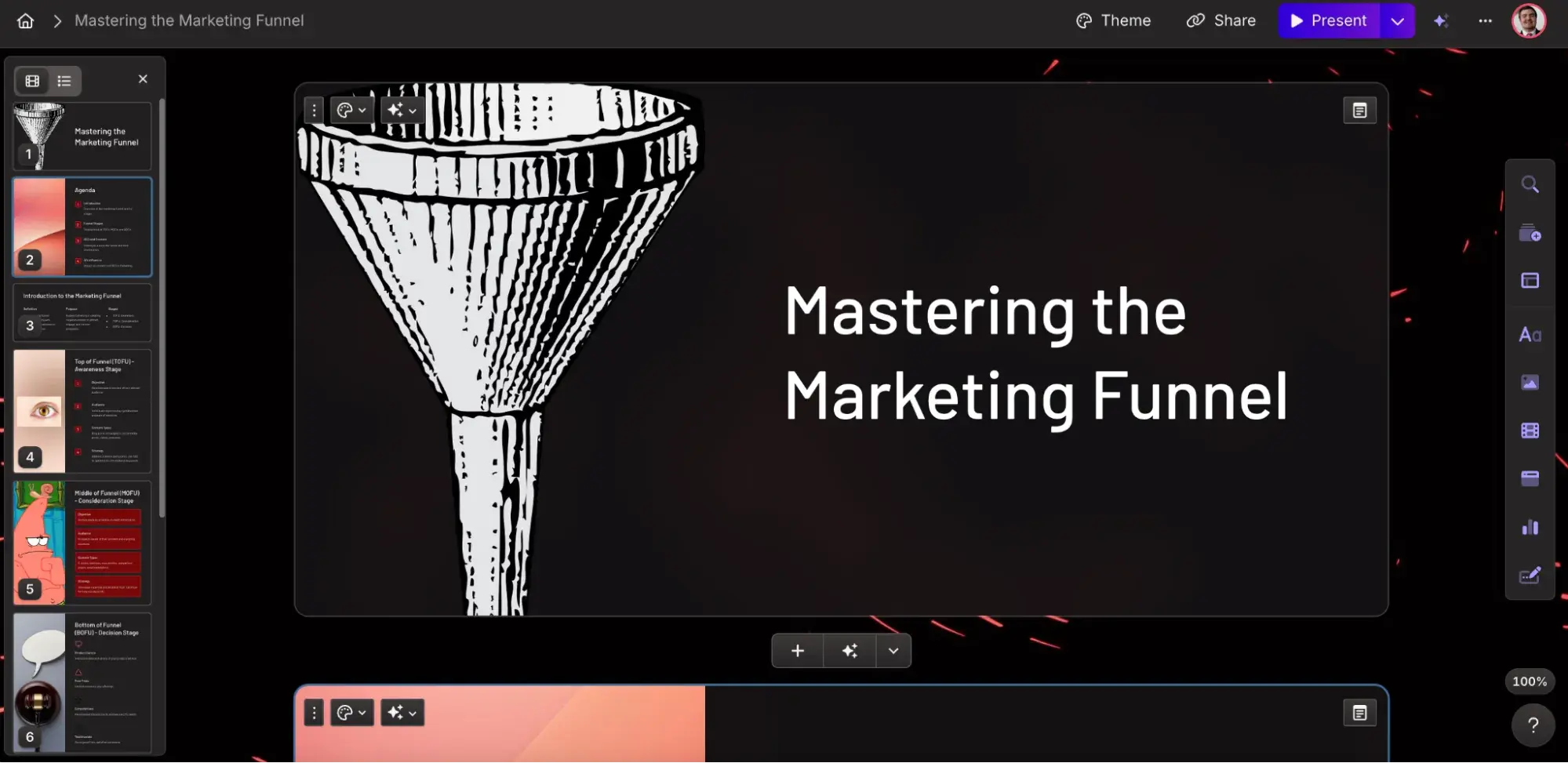
Notion AI
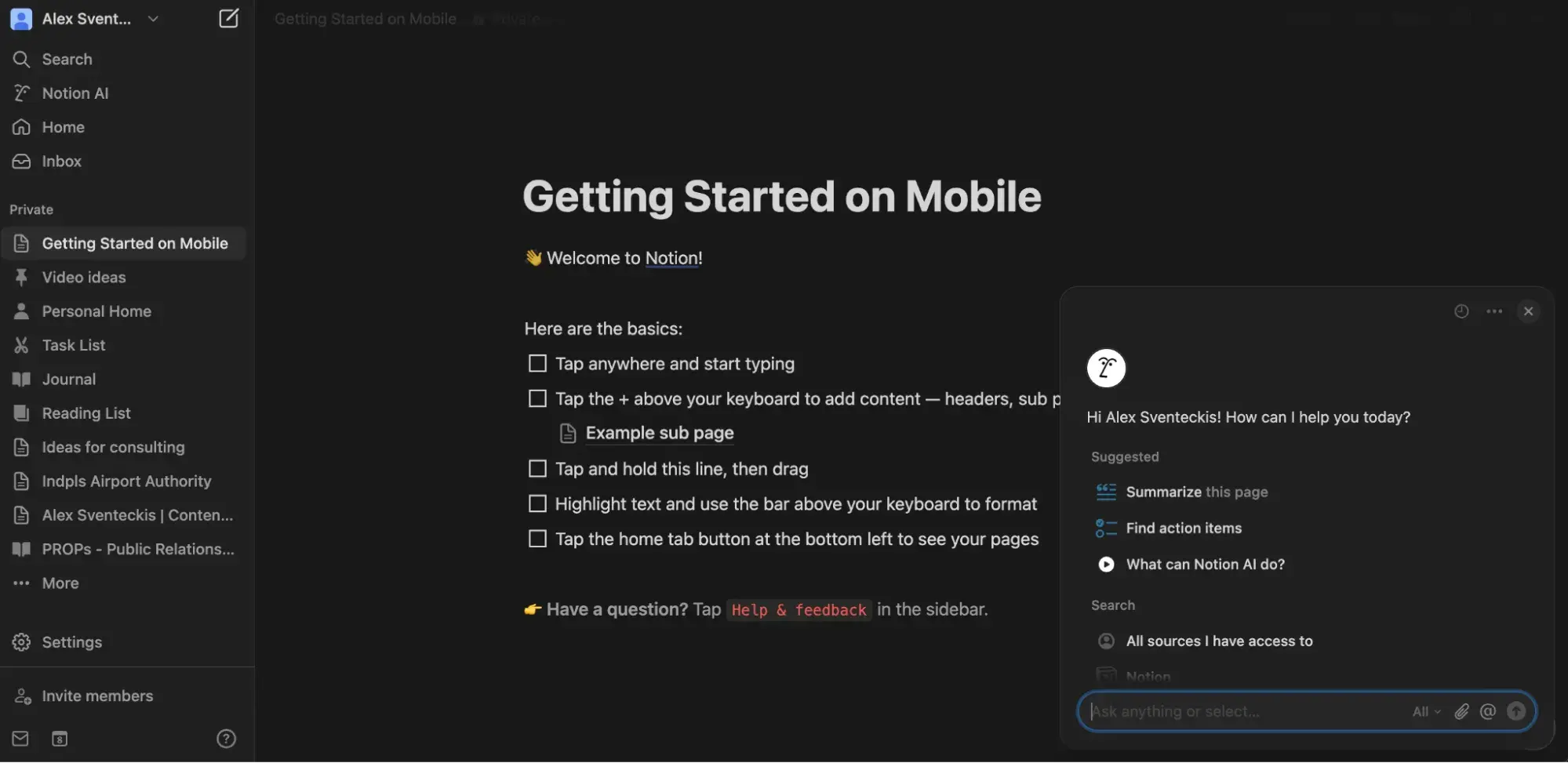
Canva Magic Studio
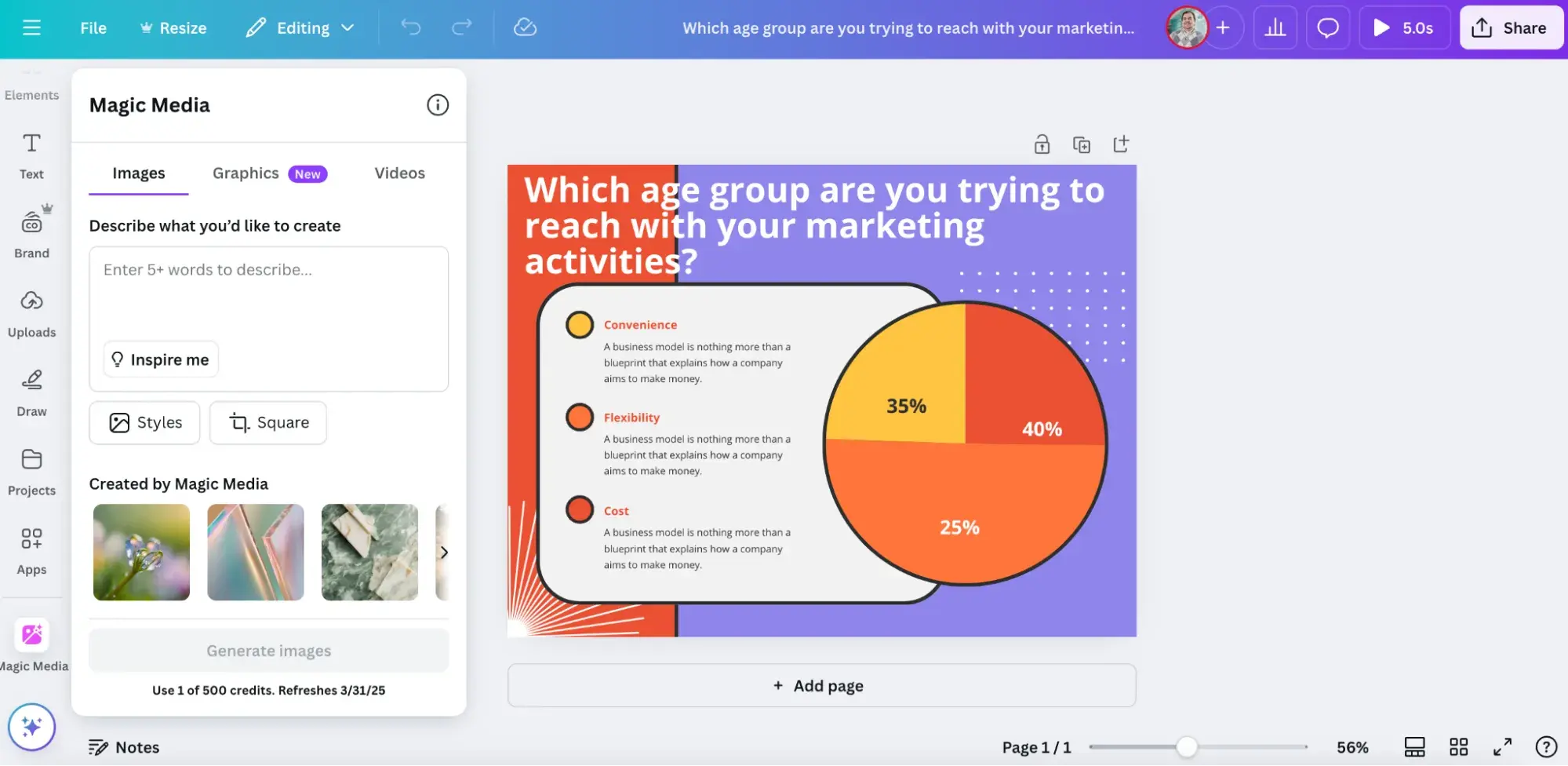
Designs AI
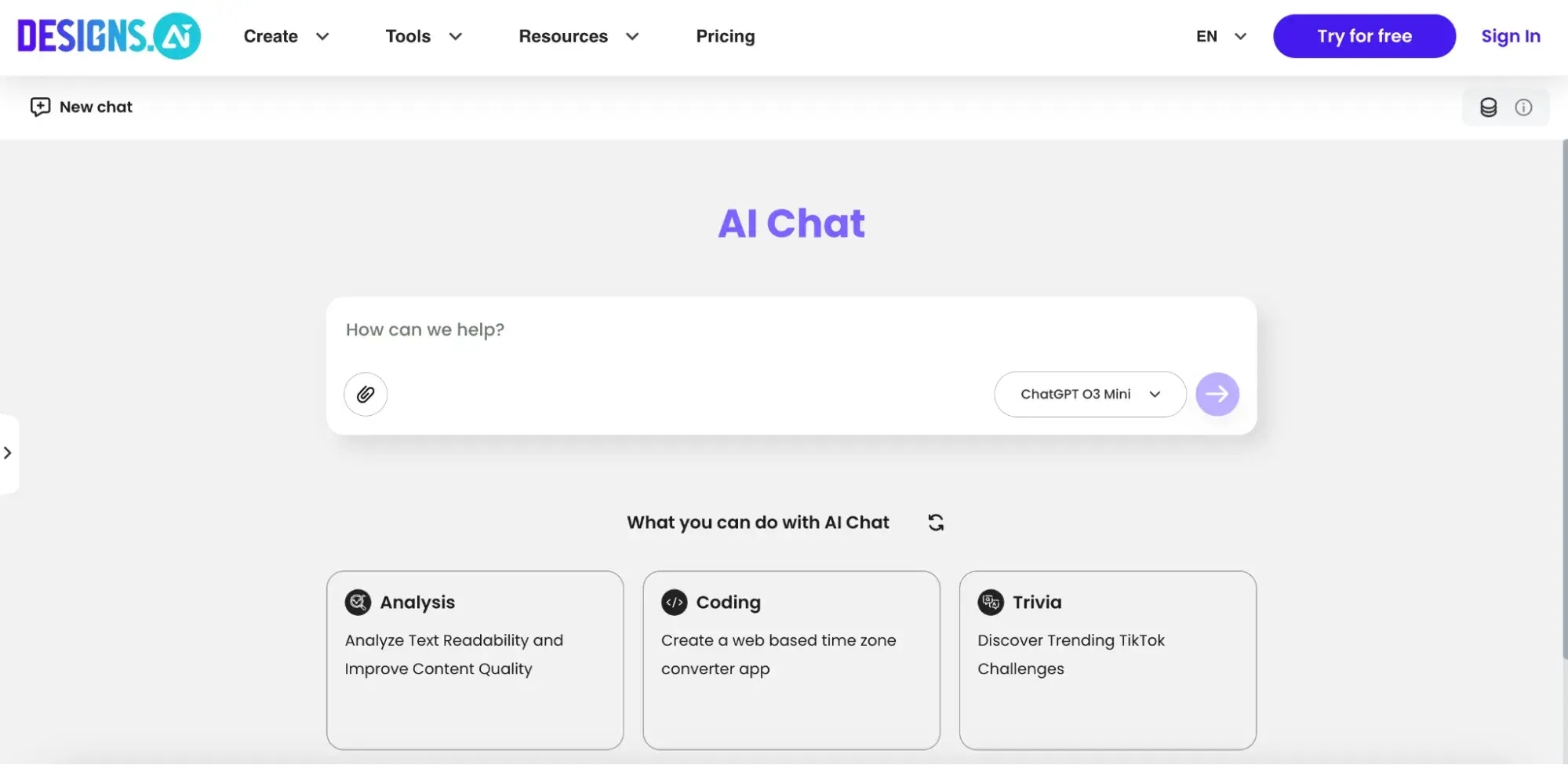
Copy.ai
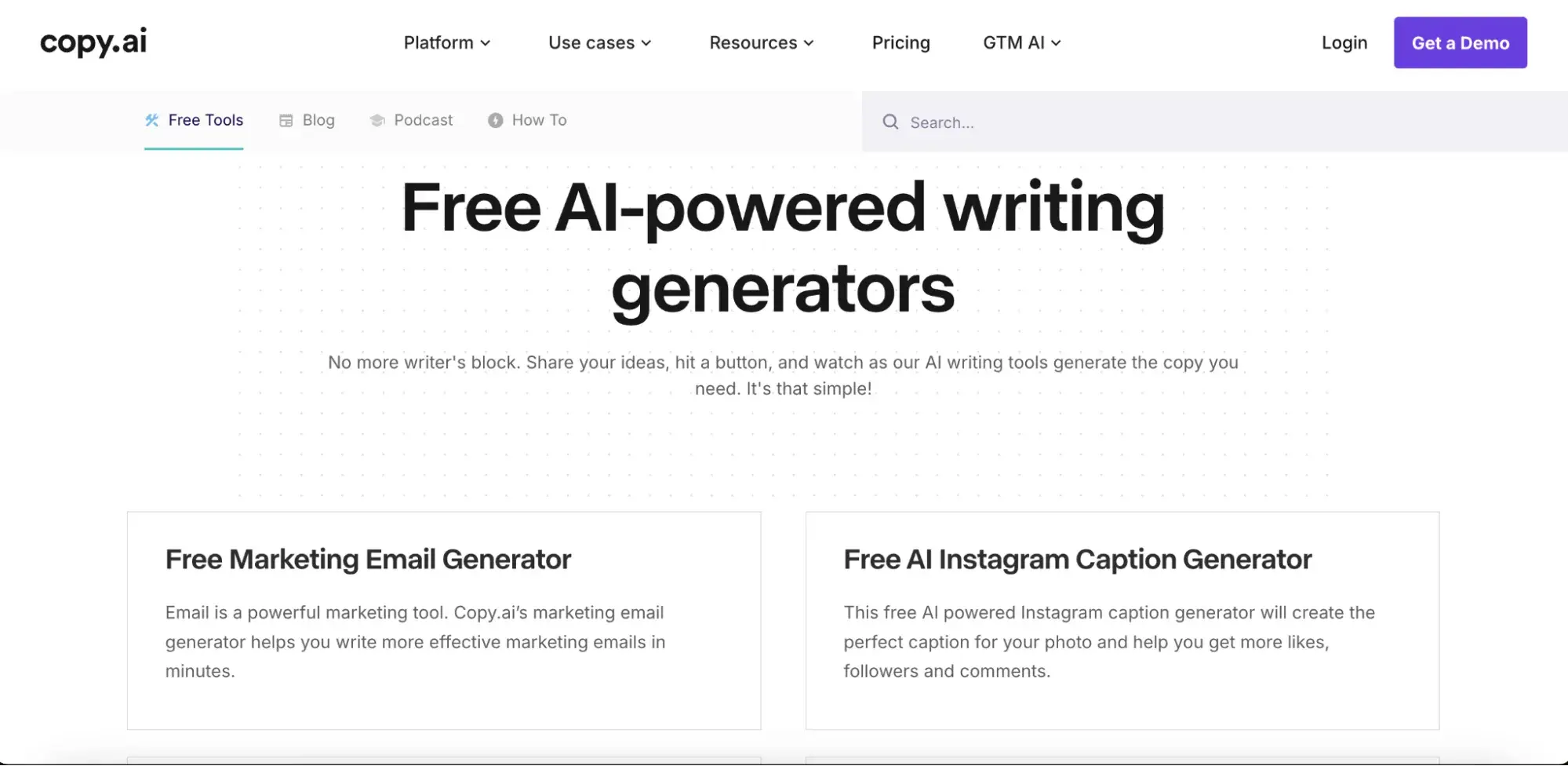
Durable
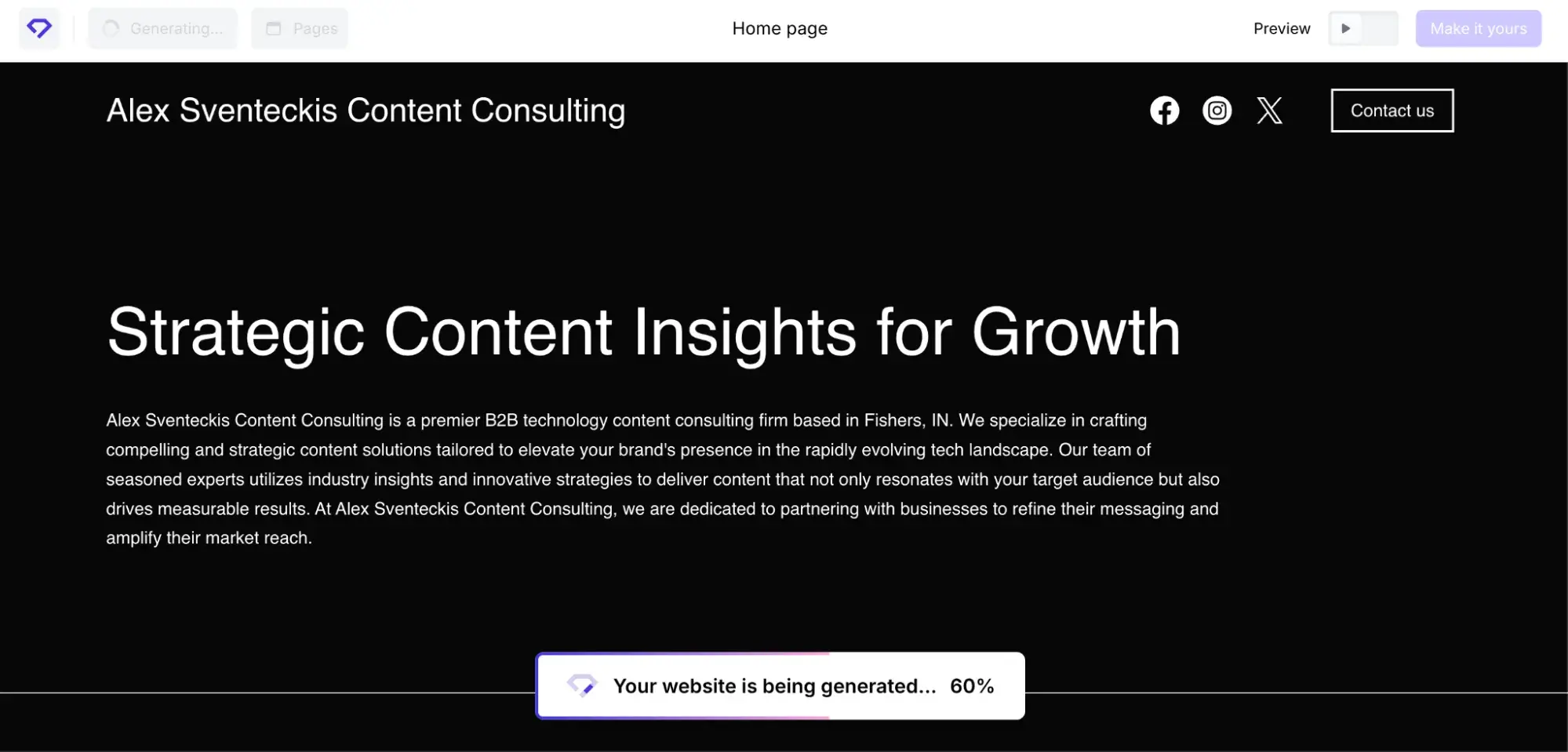
AutoDraw

Adobe Firefly

10Web
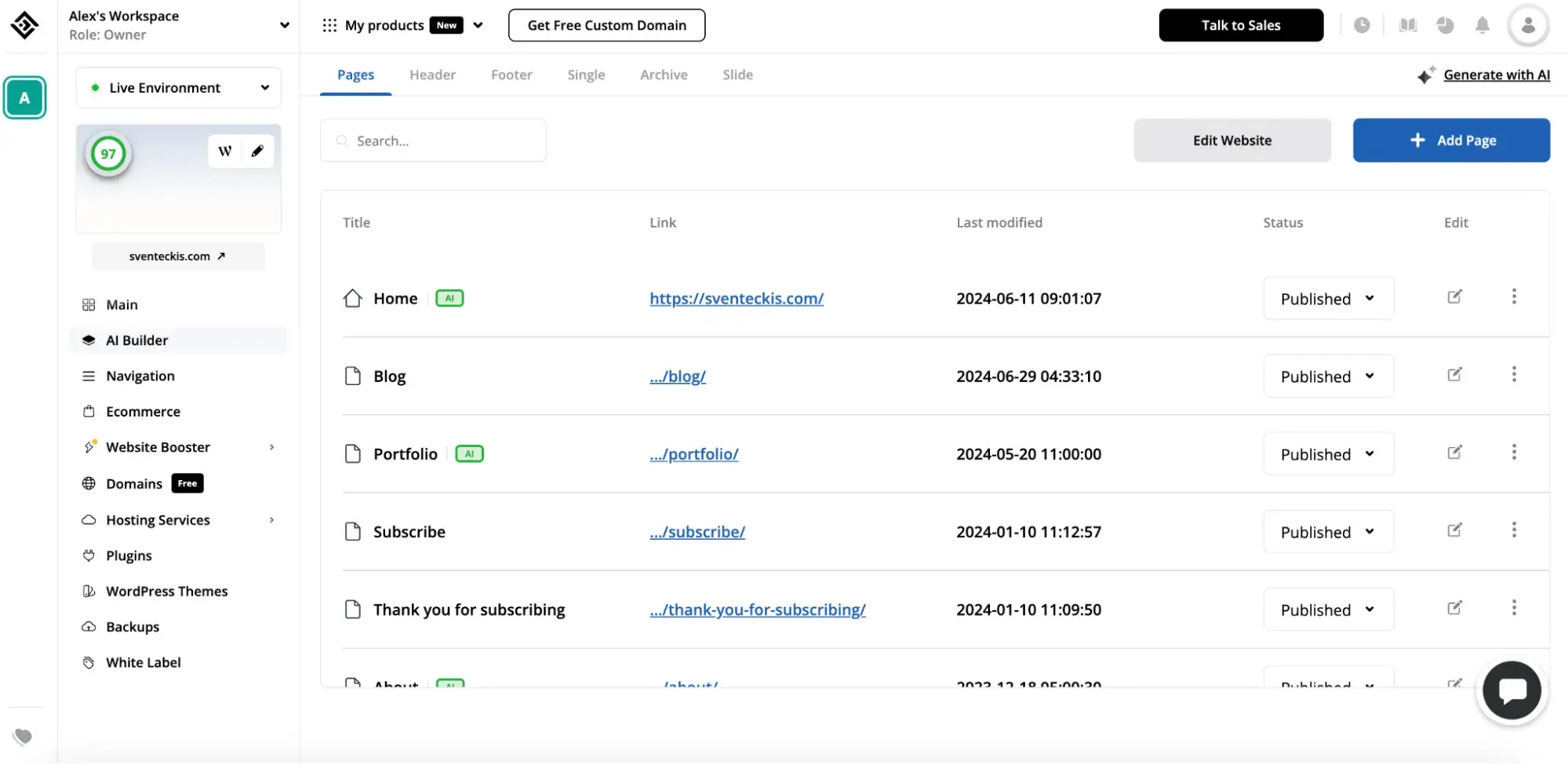
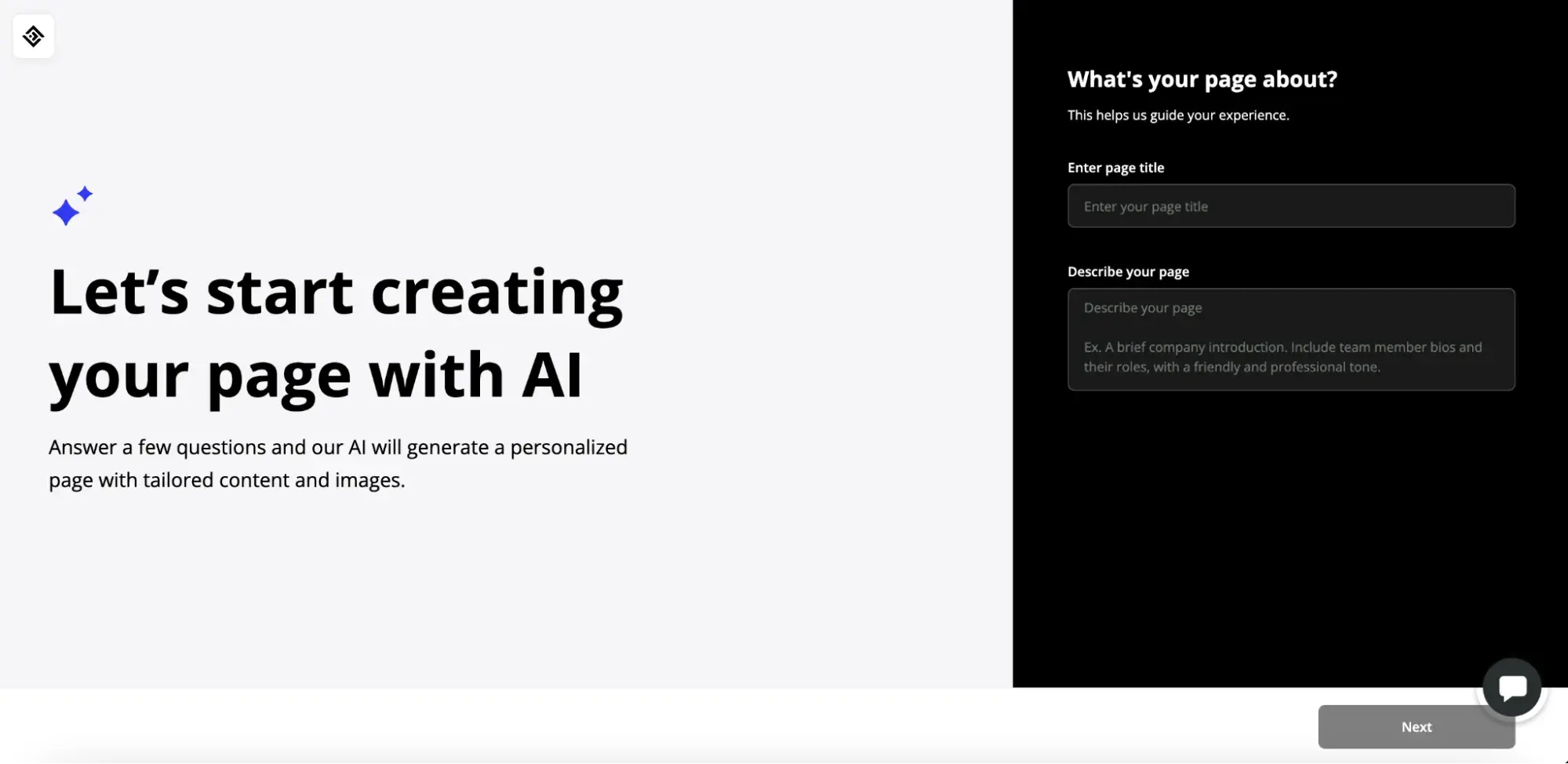
Brandmark
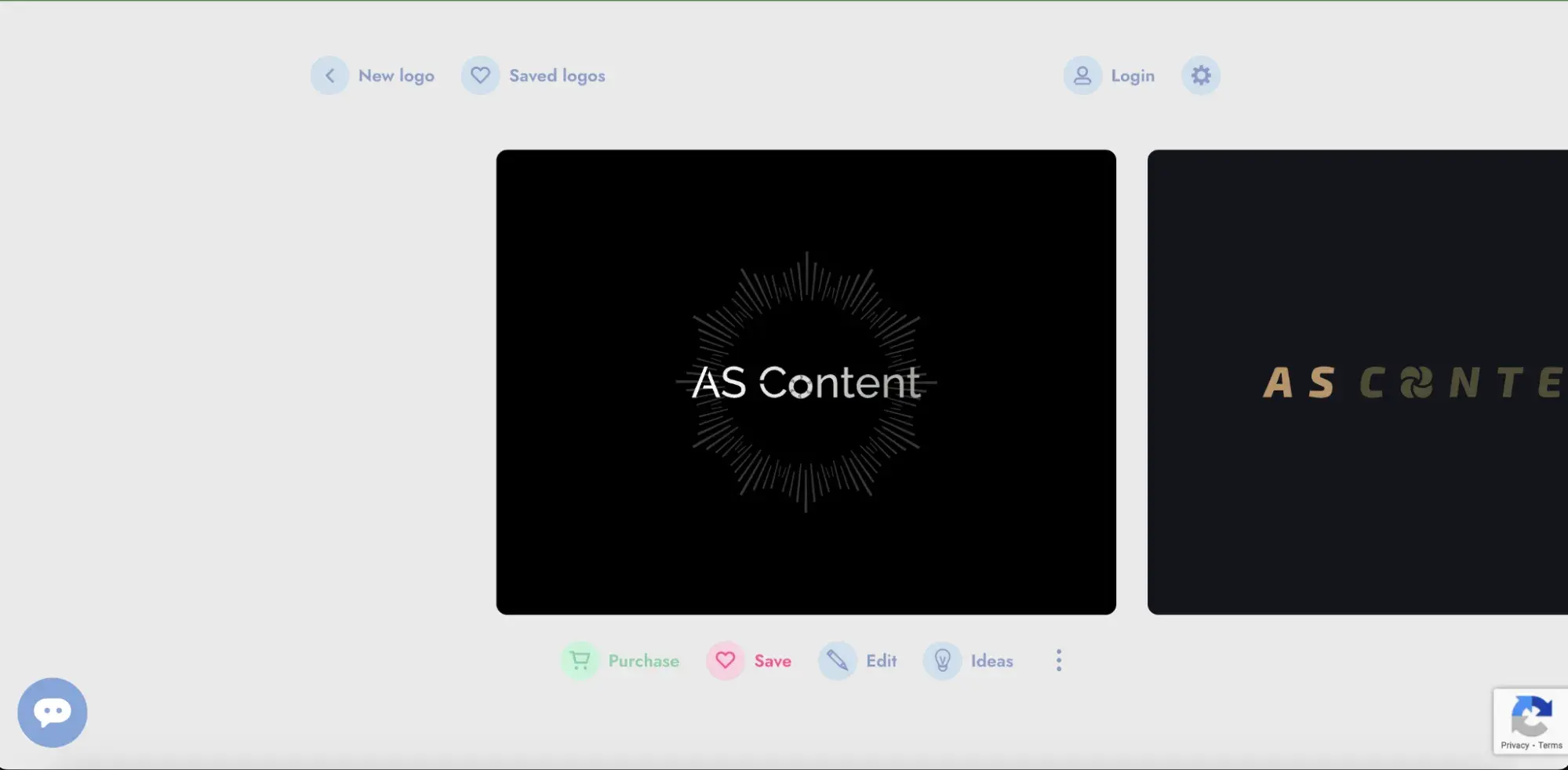
Backstroke
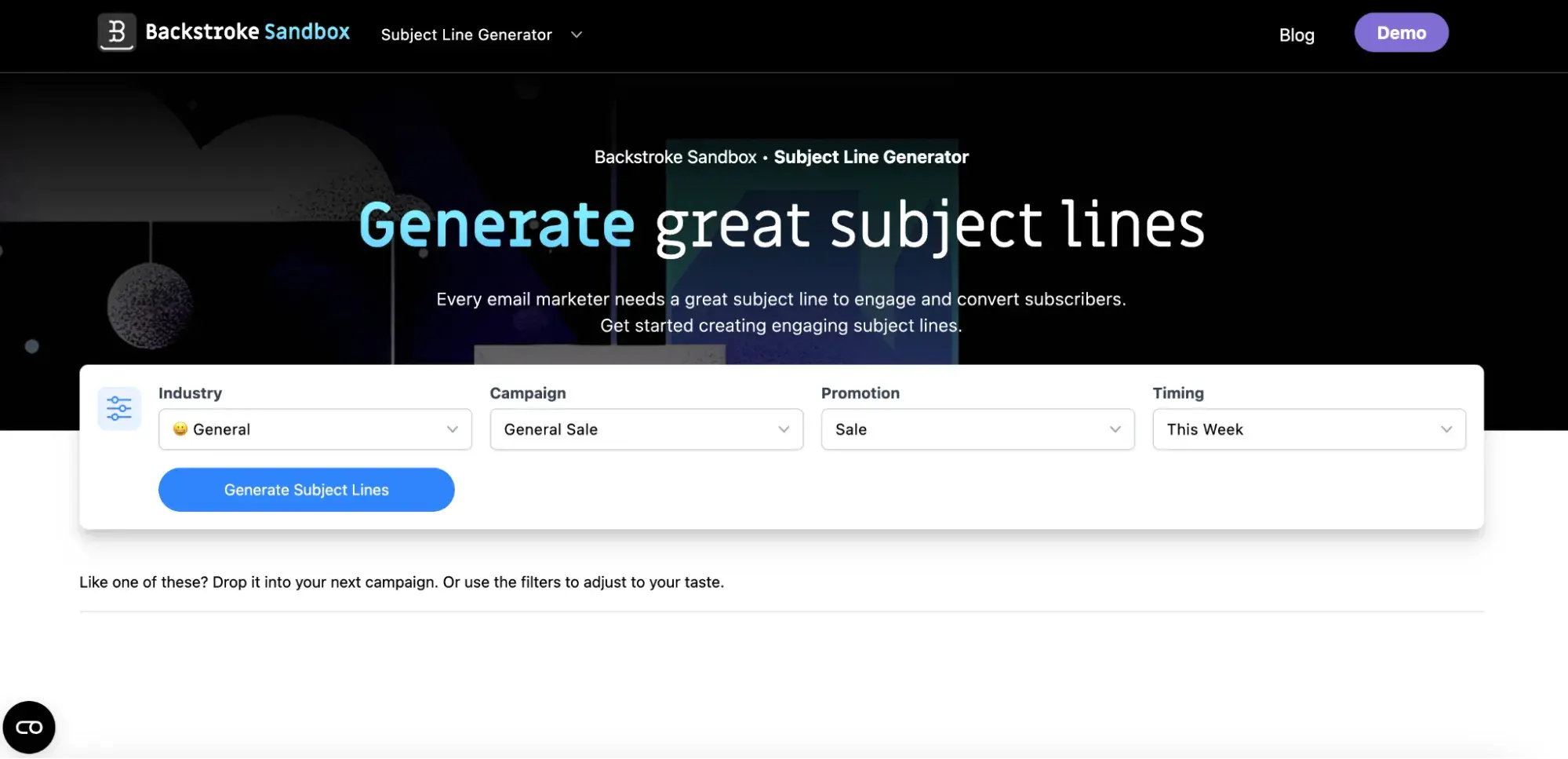
Looka

Shopify Logo Maker

ChatGPT Custom GPTs
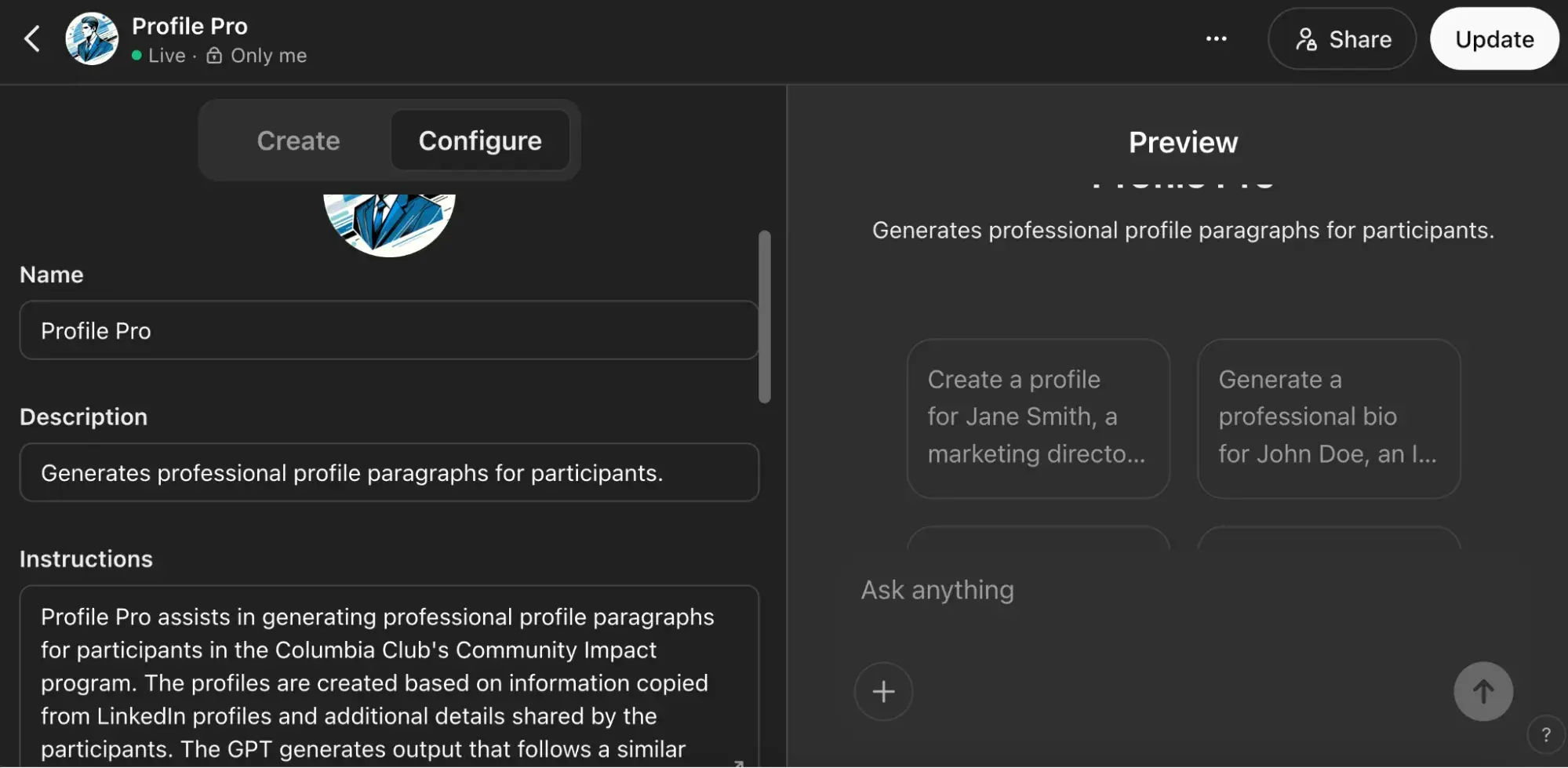
Build the Best Business Brand with AI

 FrankLin
FrankLin ![The Annual State of Artificial Intelligence in 2024 [Free Report]](https://no-cache.hubspot.com/cta/default/53/b72f2b25-8cc9-4642-9a1b-1e675d3d273b.png)









![How the Next Generation Will Drive AI Adoption [Infographic]](https://imgproxy.divecdn.com/9clp8UVH6hTUL-mW4T_jHXgfanl3pKh_PKN2wY-uN8g/g:ce/rs:fit:770:435/Z3M6Ly9kaXZlc2l0ZS1zdG9yYWdlL2RpdmVpbWFnZS9taWxsZW5uaWFsc19BSTEucG5n.webp)


